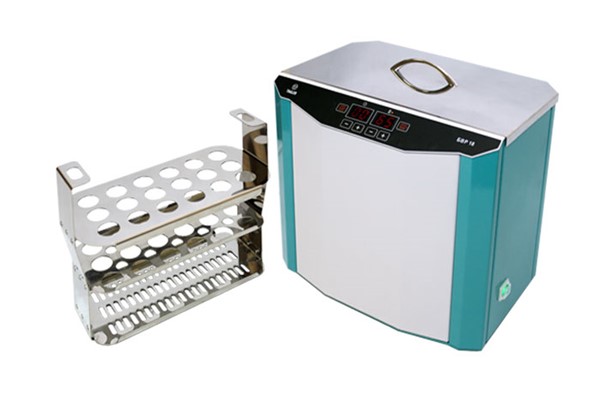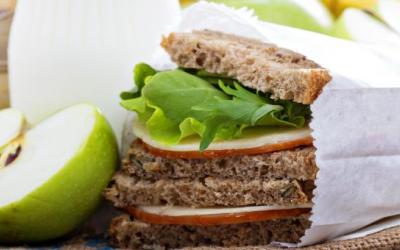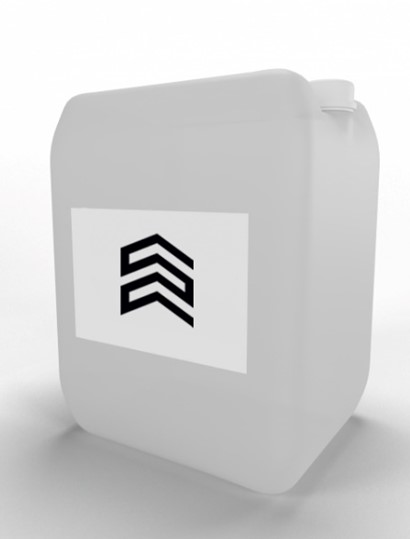Growing quail for beginners

An adult quail lays an egg a day. On average, quails live only about three to four years, but grow much faster than chickens or ducks, returning the investment to the owner in abundance.
Spring is a good time to start a home sparrowhawk. Breeders sell young stock (pedigreed quails for dual MEAT and egg purposes, for example, koturnixes will cost more), but you can always buy cheaper eggs and then hatch chickens in an incubator.
Beginners should focus on the following expenses:
live quail or eggs; cell; feeders, drinkers, food; lighting fixtures, bedding, incubator.Search the sale for an old dog crate to clear the quail issue. The use of such a cage allows you to move quails outside during the day and indoors at night or with the onset of cold weather. Keeping quails outside in winter is impractical, the birds freeze, the water in the drinkers freezes.
Tighten the top of the cage from the inside with soft material so that frightened quails do not get hurt by crashing into the bars. Quails do not fly long distances, but they can fly much better than chickens. They don't need a run to take off. They easily soar directly into the air, so a precaution certainly does not hurt.
Put straw under the cage, and in the cage - bedding made of pine shavings, small twigs and some greenery. These forest birds like to feel in their natural environment.
Feeding Tip: Quails are inherently sloppy and picky eaters, eating the same size food. Be prepared for the quail to sort the food in the feeder and make a mess. A closed feeder will prevent birds from wasting food. If you have not found food specifically for quails, food for wild ornamental birds will do. Anything with 20-25% crude protein and 1% or less calcium is fine.
Food and water must be served by free choice. Make sure the drinker is suitable for very small birds. If you put a pot or other larger container in a cage, then the quail will begin to swim and even fall asleep in the water, which is dangerous with hypothermia. A jug-shaped drinker will keep the water supply fresh, but will prevent quails, especially chickens, from drowning.
Quails enter the egg-laying period 6-8 weeks after they mature. For eggs, you need to provide 15 hours of light per day per day. Quail meat can be slaughtered at 5 weeks of age, but many people wait up to 12-16 weeks for more yield.
The ability to handle an incubator is the key to the success of a novice quail breeder. There are all kinds of incubators in different price values.
Hatching eggs in an incubator by itself costs very little, even if you manage to get only a fraction of the chickens - buying grown ones will cost a lot more. After you order the first batch of quails, you should reproduce the subsequent livestock on your own.
For breeding, a ratio of 1 male to every 2 females is usually recommended.
Once the quail is feathered, it's pretty easy to tell the difference. Females are slightly larger than males, but males are brighter in color. it will take about 3 weeks before you can visually determine how many males and females you have.
Brooders help keep newly hatched chicks warm until they are large enough. Heat lamps are necessary because without them, the chicks will not grow at their desired rate. The brooders also place the smallest drinkers and feeders that are offered for ornamental birds - when transferred to a cage, you need to put a larger one.
Read together with it:
- Эксперт прогнозирует резкое увеличение цен на куриное мясо до 50% к Новому годуПо его данным, это связано с удорожанием кормов и увеличением финансовой нагрузки на птицеводческие предприятия. Также он отметил влияние высоких тарифов на электроэнергию и логистику, а также возможные изменения налоговой политики, включая повышение НДС до 22%. Панченко добавил, что традиционно к Новому году наблюдается подорожание продуктов, но после праздников цены обычно корректируются..........
- Саратовская область ожидает снижения цен на куриное мясоОднако производство куриного мяса покрывает лишь 16% спроса. Для увеличения объёмов производства предусмотрены льготные кредиты на возведение птицефабрик и модернизацию существующих. Тем не менее, стоимость курятины продолжает расти. В сентябре средняя оптовая цена бройлера достигала 190 рублей за килограмм, тогда как в Саратовской области цена составила 218 рублей за килограмм. Эксперты объясняют...
- ФАО: мировые цены на продовольствие снижаются второй месяц подрядДжим Вайкофф Среднее значение Индекса цен на продовольствие ФАО в октябре составило 126,4 пункта, снизившись с пересмотренного значения в 128,5 пункта в сентябре, что представляет собой небольшое снижение в годовом исчислении и на 21,1% ниже пикового значения в марте 2022 года. Лидером снижения стал сахар: его субиндекс упал на 5,3% до самого низкого уровня с декабря 2......
- Experts predict further increases in chicken and egg prices in Russia.Key factors driving price increases: Increasing VAT from 20% to 22% Increased feed costs due to crop failure in the regions Rising prices for fuel and energy resources Seasonal increase in the cost of keeping poultry in winter Expert forecasts: Financial analyst Tatyana Volkova expects chicken prices to rise 1......
- Cherkizovo sold over 16,000 tons of meat through the exchange in five months.Sales structure: Chicken MEAT : 9.2 thousand tons Pork: 7.3 thousand tons Turkey meat: 0.2 thousand tons Project development: The first auction took place on May 29, 2025, with a limited selection of chicken products. The product range was gradually expanded to include pork carcasses and turkey meat. Currently, over 55% of the group's wholesale clients are accredited at the NTB. "The development o...
- Россельхознадзор выявил 29 нарушений в пищевой продукции Вологодской областиСтруктура нарушений: Мясо и мясная продукция: 12 нарушений Молочная продукция: 6 нарушений Рыба и рыбная продукция: 6 нарушений Мед: 2 нарушения Корма: 3 нарушения Все случаи нарушений были зафиксированы в системе раннего оповещения «Сирано». По каждому выявленному факту предприятиям объявлены официальные предостережения о недопустимости несоблюдения обязательных требований. Проведенные лабораторн...
- US Broiler Market Outlook Week 46, November 17, 2025Chicken breast showed little price change and maintained high levels. Fillets showed complete stabilization after previous sharp declines. Dark MEAT prices are finding a balance. The only clear decline was in wings, which may be due to a temporary decline in demand from HoReCa (seasonal) and buyers switching to other meats. Minced meat is becoming more expensive, confirming the trend toward saving...
- FT узнала о планах Renault и Nissan возобновить альянсОтношения между концернами обострились после ареста бывшего главы альянса в 2018 году из-за скандала о финансовых махинациях. Переговоры о возобновлении сотрудничества начались после отставки гендиректора Renault в середине лета Французская автомобильная корпорация Renault и японский автопроизводитель Nissan обсуждают возрождение своего 26-летнего альянса из-за недавних кадровых перестановок в обе...






























































